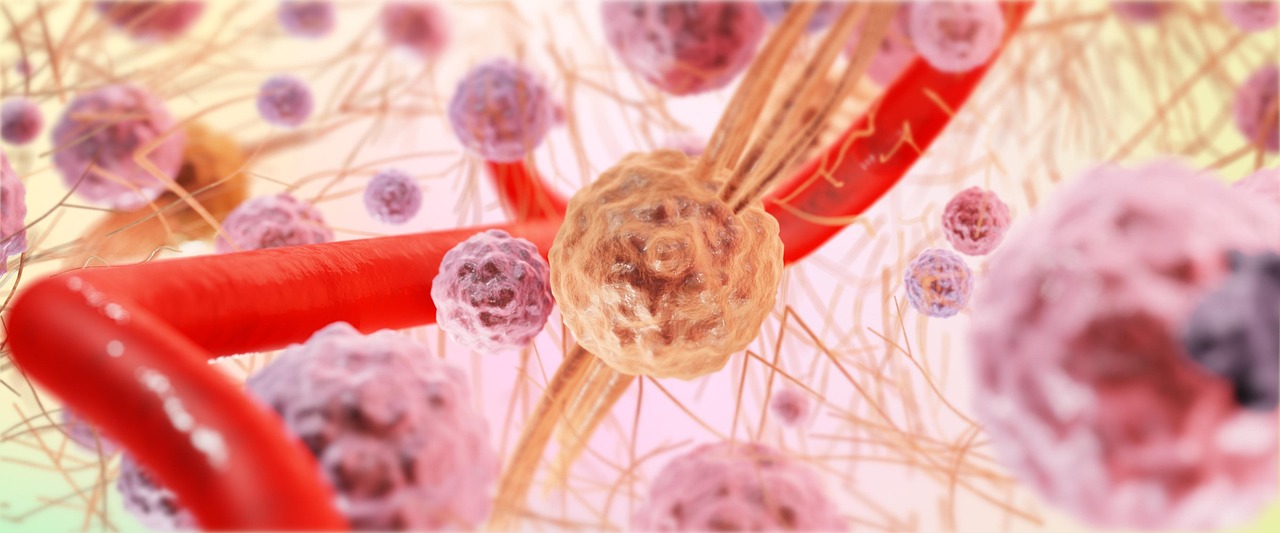Heart failure is a leading cause of death and disability. Unfortunately, this affects millions of individuals and their loved ones. Ineffective heart function can lead to shortness of breath, fatigue, swelling of the extremities, chest pain, rapid and…
Category: 5. Health
-

Engineered Immune Cells Improves Anti-Cancer Response
Scientists have developed a way to engineer immune cells that specifically target tumors. The application of engineering cells first appeared in the 1980s, but the concept has significantly progressed over the last few decades. This approach of engineering a…
Continue Reading
-

Your pumpkin might be hiding a toxic secret
Researchers in Japan have revealed how some gourds draw pollutants into their fruits. The secret lies in a protein that carries contaminants through the plant sap. By manipulating this protein’s structure, scientists hope to breed crops that resist contamination or serve as natural soil…
Continue Reading
-

It sounds creepy, but these scientific breakthroughs could save lives
Brains, spiders, (were)wolves and slimy eyeballs might sound like props from a horror movie, but these eerie topics come straight from serious scientific research. Studies published in ACS journals are exploring innovative ways to improve human health, from growing brain tissue without animal…
Continue Reading
-

Atorvastatin recall may affect hundreds of thousands of patients – and reflects FDA’s troubles inspecting medicines manufactured overseas
If you take cholesterol-lowering drugs called statins, you may have noticed a flurry of news coverage since late October 2025 about an extensive recall of thousands of bottles of atorvastatin, the generic version of Lipitor.
Both generic atorvastatin and brand-name Lipitor contain the…
Continue Reading
-

How autism rates are rising – and why that could lead to more inclusive communities
I can say from personal experience that being diagnosed with autism spectrum disorder can feel very isolating. Increasingly, however, it’s not unusual.
In the U.S., 1 in 31 children are diagnosed with autism each year by age 8, according to the latest data from the Centers for Disease…
Continue Reading
-

Electricity reprograms immune cells to speed up recovery
Researchers at Trinity College Dublin have found that applying electrical currents to “macrophages,” a crucial type of immune cell, can reprogram them to reduce inflammation and promote faster healing in cases of disease or injury.
This discovery points to a promising new treatment strategy, and…
Continue Reading
-

Scientists reverse Alzheimer’s in mice with groundbreaking nanotech
A team co-led by the Institute for Bioengineering of Catalonia (IBEC) and West China Hospital Sichuan University (WCHSU), in collaboration with partners in the UK, reports a nanotechnology approach that reverses Alzheimer’s disease in mouse models. Rather than using nanoparticles as passive…
Continue Reading
-

How Often Do Medical Emergencies Occur On Airplanes? What Passengers And Physicians Need To Know
A few years ago, I was half-asleep on a red-eye flight from Hawaii to San Francisco when I heard the dreaded words, “Is there a doctor on board? Please come to the front of the plane!”
After taking a moment to compose myself, I got out of my seat and made my way to the front of the airplane.
A…
Continue Reading
-

Cigna Profits Hit Nearly $2 Billion Despite Rising Costs
The Cigna Group reported third quarter net income of nearly $2 billion despite rising costs in the health plans it sells., the company said October 30, 2025. In this photo is The Cigna Group headquarters in Bloomfield, Connecticut, US, on Friday, Oct. 27, 2023. Photographer: Joe…
Continue Reading
